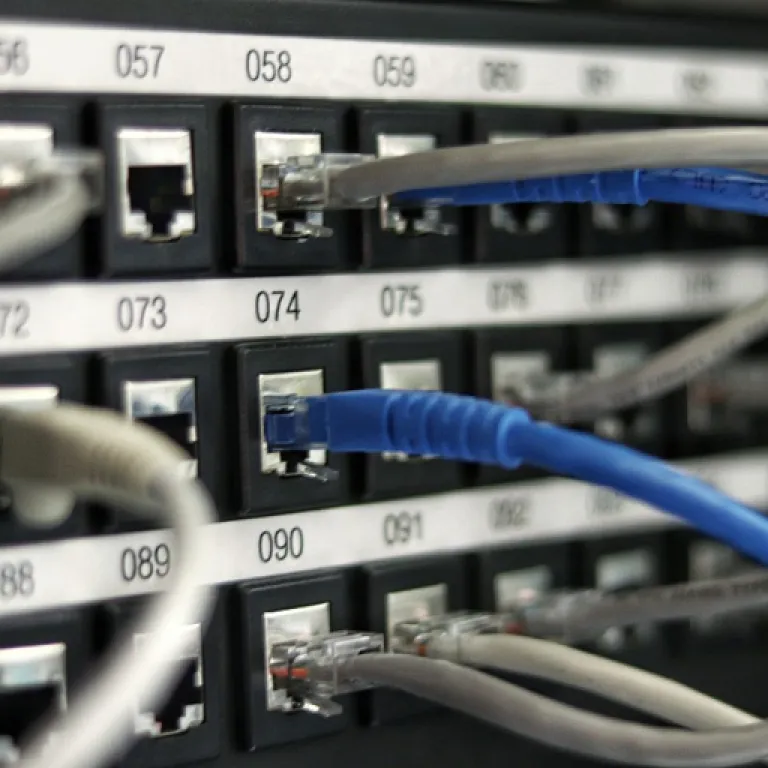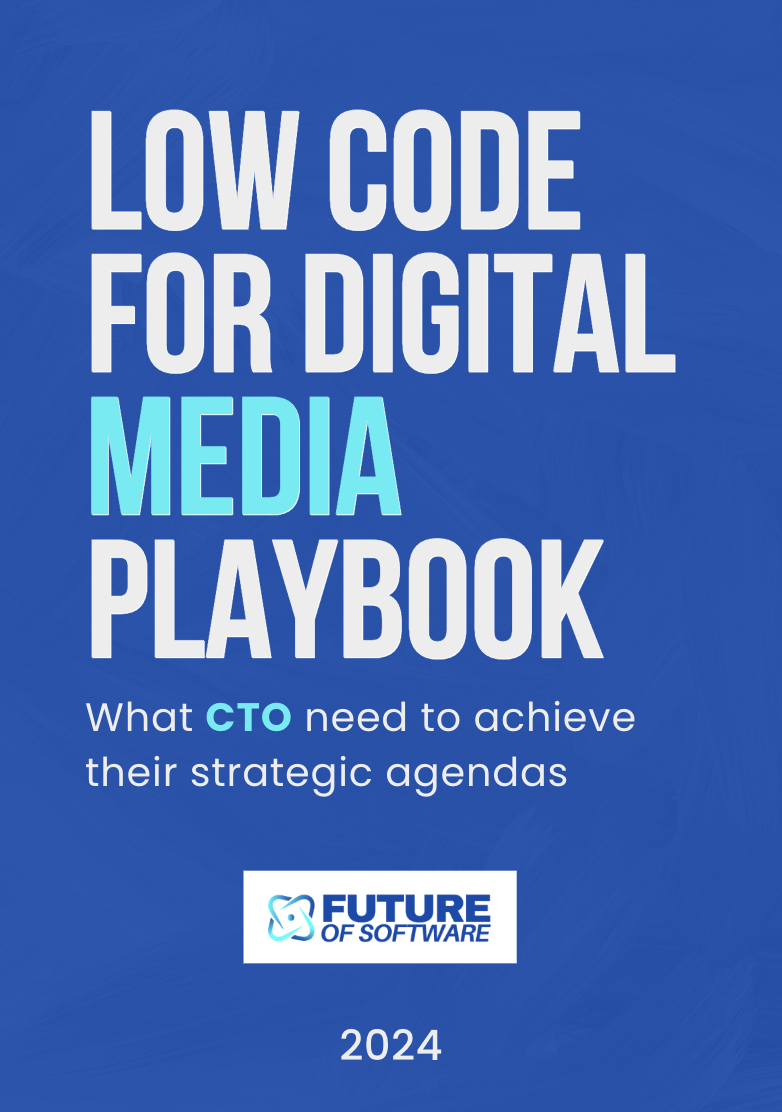
Meaning behind the ai converge dallas logo
Symbolism at the Heart of a Movement
The ai converge dallas logo is more than just a visual mark; it represents a pivotal shift in how artificial intelligence is shaping the future of software. The design draws inspiration from the dynamic intersection of technology, data, and business, reflecting the region’s ambition to become a leader in AI-driven solutions. As Dallas and the broader north Texas area continue to emerge as innovation hubs, the logo stands as a symbol of collaboration between universities, technology companies, and the local business community.
At its core, the logo embodies the convergence of engineering expertise, data science, and artificial intelligence. The geometric elements often seen in the design echo the structured, data-driven approach that is essential in modern software development. This visual identity is not just about aesthetics; it signals a commitment to cutting edge technology and the integration of intelligence into every layer of the software stack. The presence of institutions like the University of Texas and the Dallas Regional Chamber further amplifies the message of regional leadership in AI and data solutions.
- Data and Intelligence: The logo’s interconnected shapes highlight the importance of data and intelligence in driving innovation, from supply chain optimization to customer experience enhancements.
- Community and Collaboration: The use of overlapping forms suggests the ongoing collaboration between chief innovation officers, senior directors, and engineering teams across Dallas Fort Worth and beyond.
- Business and Technology: The color palette and structure reflect the synergy between business strategy and technology execution, a theme that resonates with founders, CEOs, and directors of engineering.
For companies and leaders in Dallas, Fort Worth, and the surrounding region, the logo serves as a rallying point for those invested in the future of artificial intelligence and data-driven business solutions. It is also a reminder of the challenges and opportunities that come with integrating AI into existing systems, a topic explored in depth in discussions about AI governance systems. For a deeper look at how organizations are navigating these complexities, see this comparison of cloud-based and on-premise AI governance systems.
Visual identity and branding in software evolution
Shaping Perceptions Through Visual Storytelling
The visual identity of the ai converge dallas logo is more than just a design; it’s a signal of how technology and business are evolving together in north texas. As artificial intelligence becomes a central force in software engineering, companies and organizations are using branding to communicate their commitment to innovation and data-driven solutions. The logo’s presence at events across dallas fort worth, from university texas campuses to regional chamber gatherings, reflects a shared vision for the future of software.Why Branding Matters in Software Evolution
Branding in the software industry is no longer just about a company’s name or colors. It’s about building trust and credibility with customers, partners, and the broader community. A strong visual identity, like that of ai converge dallas, helps position a company or event as a leader in artificial intelligence and data science. This is especially important as more businesses look to integrate cutting edge technology into their supply chain, customer experience, and business intelligence strategies.- Signals expertise in artificial intelligence and data science
- Connects the community of founders, directors, and officers across dallas and fort worth
- Encourages collaboration between university researchers, engineering teams, and business leaders
- Attracts attention from innovation officers, senior directors, and vice presidents seeking future-ready solutions
Visual Identity as a Catalyst for Collaboration
The impact of a recognizable logo extends beyond marketing. It becomes a rallying point for the community, drawing together stakeholders from the dallas regional business scene, university texas research centers, and technology companies. This shared identity fosters collaboration, which is essential for advancing artificial intelligence and engineering practices. The logo’s visibility at major events and in media like dallas innovates signals a commitment to driving the future of software in the region. For a deeper look at how visual branding is transforming the customer experience in technology, see our post on AI-powered self-checkout with item highlighting.Building Trust in a Data-Driven World
As software becomes more intelligent and data-centric, trust is paramount. The ai converge dallas logo acts as a badge of credibility for founders, ceos, directors of engineering, and innovation officers. It reassures customers and partners that the company or event is committed to ethical, forward-thinking solutions. In a landscape where artificial intelligence is rapidly changing the way we do business, a strong visual identity can be the difference between leading the market and being left behind.How AI convergence is shaping software development
AI as a Catalyst for Modern Software Engineering
The convergence of artificial intelligence and software development is transforming the way companies in Dallas and beyond approach technology solutions. This shift is not just about adding new features; it’s about rethinking the entire engineering process. AI-driven tools are enabling businesses to automate repetitive tasks, enhance data analysis, and deliver smarter customer experiences. For example, organizations in north Texas are leveraging AI to optimize supply chain management and streamline operations, which is increasingly vital in today’s fast-paced business environment.
From Data Science to Intelligent Applications
At the heart of this transformation is data. The rise of data science and machine learning has empowered software teams to build applications that learn and adapt over time. Companies are hiring director data roles and senior director engineering positions to lead these initiatives, ensuring that artificial intelligence is integrated thoughtfully into their products. The University of Texas and other regional institutions are supporting this movement by offering cutting edge programs in AI and data science, preparing the next generation of engineers and technology leaders.
Business Impact and Leadership in AI Adoption
Leadership roles such as chief innovation officer, vice president of engineering, and CEO founder are increasingly focused on the strategic use of AI. These leaders recognize that artificial intelligence is not just a technical upgrade—it’s a business imperative. At events like those hosted by the Dallas Regional Chamber, executives and founders discuss how AI is reshaping the future of software, from enhancing customer experience to driving new business models. Companies in Dallas Fort Worth are positioning themselves at the forefront of this evolution, investing in AI to stay competitive and relevant.
Designing for the Future: User Experience and AI
As AI becomes more embedded in software, the importance of intuitive user experiences cannot be overstated. Teams are collaborating with senior vice presidents and directors of engineering to ensure that AI-powered features are accessible and valuable to users. For a deeper dive into how responsive design and AI intersect, check out this article on crafting intuitive user experiences with responsive layouts. This approach is crucial as companies strive to balance advanced intelligence with usability, making technology work for people, not the other way around.
Challenges in integrating AI into existing software systems
Barriers to Seamless AI Integration in Software
Integrating artificial intelligence into existing software systems is a complex journey, especially for organizations in regions like Dallas and Fort Worth, where innovation is accelerating. Many companies, from startups led by a founder CEO to established enterprises with a senior vice president of engineering, face significant hurdles when updating legacy systems with cutting edge AI solutions.- Legacy Infrastructure: Older software architectures often lack the flexibility needed for modern AI and data science capabilities. Upgrading these systems requires not just technical expertise but also a strategic vision from roles like director of engineering or innovation officer.
- Data Quality and Accessibility: AI thrives on high-quality, well-organized data. However, many businesses struggle with fragmented data sources, making it difficult for a director of data or chief intelligence officer to implement robust artificial intelligence models.
- Talent and Skills Gap: There is a growing demand for professionals skilled in AI, machine learning, and data engineering. Universities such as University of Texas and regional chambers like the Dallas Regional Chamber are working to bridge this gap, but the shortage remains a challenge for companies aiming to stay ahead.
- Security and Compliance: As AI systems handle sensitive business and customer experience data, ensuring compliance with regulations and maintaining security is a top priority. This is especially relevant for sectors like supply chain and finance, where data breaches can have significant consequences.
- Cost and Resource Allocation: Implementing AI solutions can be resource-intensive. Senior directors and vice presidents must balance the investment in new technology with ongoing business operations, ensuring that the company’s future remains sustainable.
Collaboration and Regional Innovation
The Dallas-Fort Worth area is becoming a hub for AI-driven software innovation, thanks to events, university partnerships, and support from organizations like Dallas Innovates. Collaboration between academia, business leaders, and technology experts is essential to overcoming integration challenges. By fostering a community approach, companies can share best practices, access regional talent, and accelerate the adoption of artificial intelligence across industries. As the movement around AI convergence grows, the role of community, leadership, and continuous learning will be critical in shaping the future of software engineering and data-driven solutions.The role of community and collaboration in AI-driven software
Collaboration as the Engine of AI-Driven Progress
The rapid adoption of artificial intelligence in the Dallas Fort Worth region highlights the essential role of community and collaboration. As technology evolves, organizations from business, university, and engineering backgrounds are coming together to address the challenges and opportunities presented by AI convergence. This collective effort is not just about sharing data or resources; it is about building a foundation for sustainable innovation. Many companies, from emerging startups to established enterprises, are leveraging the expertise of chief innovation officers, senior directors, and director engineering teams. These professionals work alongside data science experts and university Texas researchers to develop cutting edge solutions. The Dallas Regional Chamber and other local organizations are also fostering connections between technology leaders and the broader business community, ensuring that artificial intelligence initiatives align with real-world needs.- Shared learning: Events and workshops hosted by universities and regional chambers encourage the exchange of knowledge, helping participants stay ahead in the fast-moving field of AI.
- Open source and data sharing: Collaborative platforms allow director data teams and vice presidents of engineering to access and contribute to shared datasets, accelerating the pace of innovation.
- Cross-industry partnerships: Companies in supply chain, customer experience, and business intelligence are working together to create AI solutions that benefit multiple sectors across North Texas.
Future trends inspired by the ai converge dallas movement
Emerging Patterns in AI-Driven Software
The ai converge dallas movement is influencing the future of software in several key ways. As artificial intelligence becomes more embedded in business and technology, organizations across Dallas, Fort Worth, and the broader North Texas region are rethinking how they approach software engineering and data science.- Data-centric innovation: Companies are prioritizing data as a core asset. This shift is driving the adoption of advanced data science techniques and intelligent solutions that improve customer experience and operational efficiency.
- Collaboration between academia and industry: Universities such as University Texas are working closely with technology companies and the Dallas Regional Chamber to develop cutting edge AI applications. These partnerships help bridge the gap between research and real-world business needs.
- Rise of specialized roles: The demand for professionals like director engineering, chief innovation officer, and senior vice president of data is growing. These roles are essential for leading AI initiatives and ensuring that solutions align with company goals.
- Focus on responsible AI: As artificial intelligence becomes more prevalent, there is increased attention on ethical considerations, transparency, and data privacy. Business leaders, including founder CEO and director data, are setting standards for responsible AI use.
- Integration across industries: AI-driven software is transforming sectors such as supply chain, finance, and customer service. Dallas Fort Worth companies are leveraging AI to streamline operations and deliver more value to customers.
What to Watch in the Coming Years
Looking ahead, several trends are likely to shape the landscape:- Continued growth of AI events: Conferences and gatherings in Dallas and Fort Worth will remain important for knowledge sharing and networking among technology leaders, university researchers, and business executives.
- Expansion of AI education: Universities and training programs will increase their focus on artificial intelligence and data science, preparing the next generation of engineers and directors for the evolving demands of the industry.
- Greater emphasis on regional collaboration: Organizations such as the Dallas Regional Chamber and local innovation officers will play a key role in fostering partnerships that drive AI adoption and economic growth.
- Adoption of AI-powered solutions: Companies will continue to invest in intelligent platforms that enhance business processes, from supply chain optimization to customer experience management.















